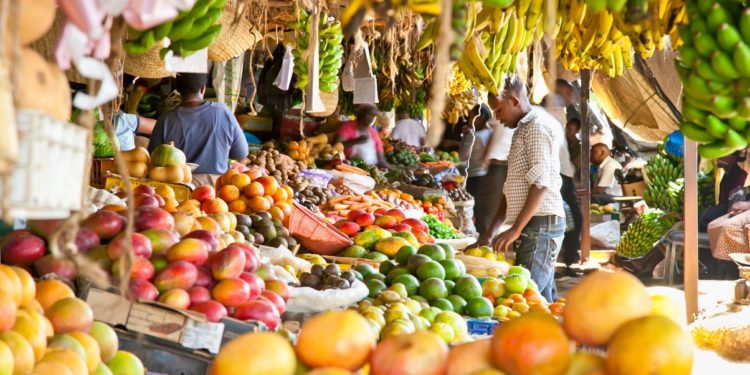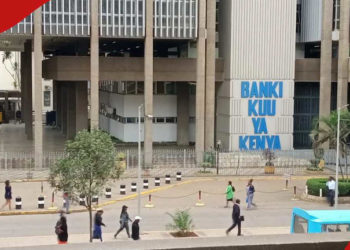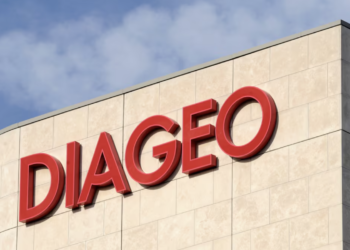Stanbic Bank’s Purchasing Managers’ Index (PMI) for September 2024 indicates a slight weakening in business conditions across Kenya.
The report highlights that output and new orders returned to contraction, while staff numbers remained stable and input price inflation receded. These findings come as businesses continued to experience various challenges affecting the economic landscape.
The PMI, which is a composite index, fell to 50.0 in September from 50.6 in August, marking the lowest reading since May. A reading of 50 indicates no change in the overall economy, while figures below 50 point to contraction. The decline in new orders and output growth suggests that the business environment has become more challenging.
Christopher Lejuez, an economist at Stanbic Bank, commented, “Business activity in Kenya contracted slightly in September as demand conditions weakened, leading to a pullback in new orders. However, the stabilization in employment levels was a positive takeaway for firms.” He added that while the business landscape remains difficult, there are some encouraging signs of resilience in the labor market.
Another key factor highlighted in the report was the reduction in input price inflation. Input costs rose at the slowest pace since May, providing some relief for businesses struggling with high operational expenses. According to the report, lower inflation was driven by moderations in the cost of raw materials and logistics.
“Input price inflation continues to recede, which is crucial for businesses, especially in the manufacturing and services sectors. The easing of price pressures may allow firms to stabilize their profit margins in the coming months,” Lejuez explained.
The stabilization in employment and easing inflation pressures could provide a more favorable outlook for the economy as businesses navigate through the challenges ahead. However, with output and new orders in contraction, there is still concern over the sustainability of growth in the short term.
Overall, Stanbic Bank’s September PMI suggests a period of consolidation for the Kenyan economy as businesses adjust to shifting demand conditions while maintaining cautious optimism regarding future growth.

















